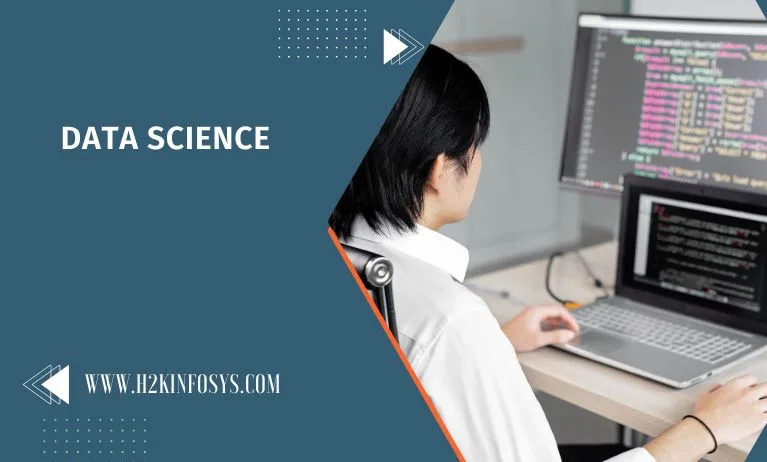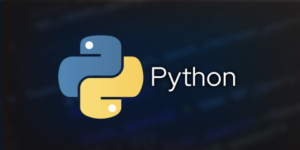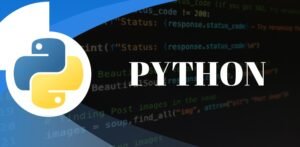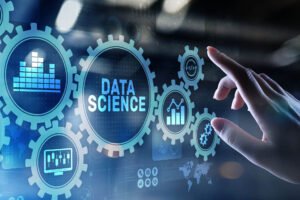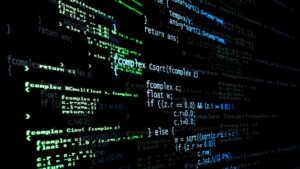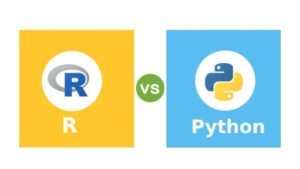Data science is considered to be a domain of study that deals with many vast volumes of data using modern tools and techniques to find the hidden patterns, derive meaningful information and also make business decisions.
The data science life cycle:
Data science has five distinct stages with its tasks
- Capture: Data Acquisition, Data entry, signal reception, and Data extraction; all this stage contains gathering the raw structured and unstructured data.
- Maintain Data warehousing, Data cleansing, Data staging, Data processing, and Data architecture. This level will cover- taking the raw data and putting it in the form it can use.
- Process: Data mining, clustering/classification, data modeling, data summarisation, Data scientists will always be prepared with data to examine its patterns, ranges, and biases to determine the usage of predictive analysis.
- Analyze Exploratory /confirmatory, predictive, regression, text mining, and qualitative analysis. Here will be the fundamental importance of the life cycle. This level involves doing many various analyses on the data.
- Communicate Data reporting, Data visualization, Business Intelligence, and Decision making. In the final step, analysts will prepare the analysis which is readable in forms like charts, graphs and reports.
What are the prerequisites of Data Science?
There are some technical concepts of data science. They are
- Machine learning: Machine learning is the central concept in data science. Here the data scientist will require a solid grasp of ML and basic statistics knowledge.
- Modeling: Mathematical models will enable us to make quick calculations and predictions based on the data we already know. Modeling is also a part of machine learning. It includes recognizing the algorithm most suitable to solve a given problem and knowing how to train these models.
- Statistics: Statistics is the core data science. A study handles statistics that can help us to extract more intelligence and obtain more meaningful results.
- Programming: Some levels of programming are required to execute a successful data science. The most common programming languages, python and R. Python, are popular as they are easy to learn and support many libraries in the ML.
- Databases: A data scientist needs to understand how the databases work and manage them and how to extract data from them.
Who will oversee Data science?
Business Managers
The business managers will be the people in charge of overseeing the data science training method. The primary responsibility is collaborating with the data science team to characterize the problem and establish an analytical approach. A data scientist may see the marketing, finance, or sales department and report to an executive in charge of the department. They aim to ensure projects are completed on time, collaborating closely with data scientists and IT managers.
IT managers
There are IT managers. If a member is with an organization for a long time, responsibility will undoubtedly be more important than others. IT managers develop the infrastructure and architecture to enable data science activities. To ensure that data teams operate efficiently and safely, they are constantly monitored and resourced accordingly. They can be in charge of creating and maintaining IT environments for data elements.
Data Science Managers
The data science managers make up the final section of the team. They primarily trace and supervise the working procedure of all data science team members. They also manage and also keep track of the day-to-day activities of three data science teams. They are team builders who blend project planning and monitoring with team growth.
Uses of Data Science
- Data science will detect seemingly unstructured and unconnected patterns, allowing conclusions and predictions to be made.
- Tech businesses that hold user data can utilize strategies to transform the data into valuable or profitable information.
Questions
- What is Data Science?
- What are the uses of data science?
